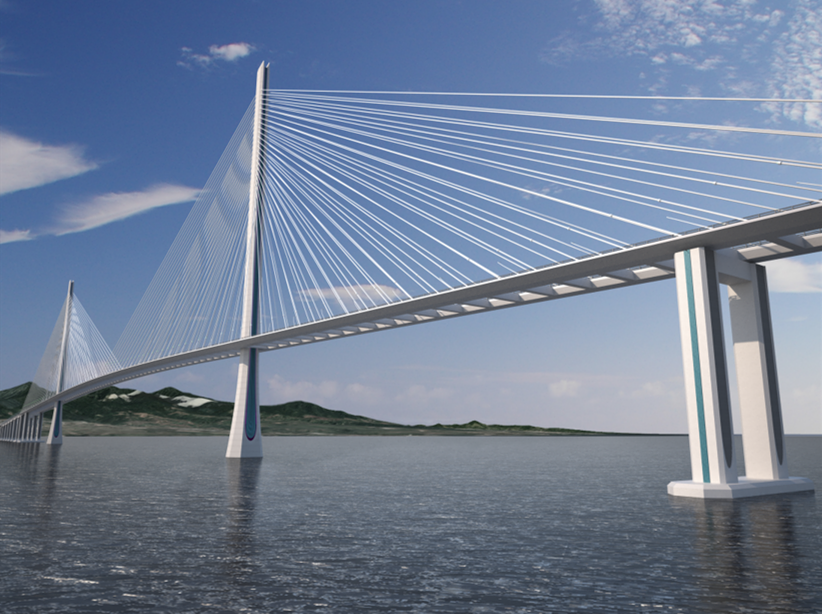Philippines
Our Impact:
Livability
Our Specialist Brands:
TYLin
Expertise:
Mobility
A bridge that will connect communities in the Philippines, reducing journey times and opening up economic development
Famous for its beautiful sunsets, Manila Bay is a natural harbor in the Philippines that also serves as the main port of its capital city, Manila. The province of Bataan is across the bay, on the peninsula directly west of Manila. To connect currently, people from Bataan must drive all the way around the bay – a lengthy trip of up to 5.5 hours to get all the way around – or take a ferry, which only operates three services a day during the week. This lengthy journey has limited Bataan’s economic integration, despite its large population and high potential.
The Bataan-Cavite Interlink Bridge (BCIB) project will provide a direct connection across the bay, cutting travel times down to as little as 30-45 minutes. The bridge will be a permanent road link between the provinces of Bataan and Cavite, completing the missing link in the road network of the National Capital Region.
TYLin, one of Sidara’s engineering specialists, has designed an innovative technical scheme for the bridge, which when completed, will be the second longest bay bridge in the world and the longest bridge in the country, at over 32 kilometres.
Both the length of the bridge and the bay conditions presented several challenges for design. Infrastructure in this region needs to withstand severe seismic loads and high wind speeds, and planning needed to accommodate the potential for seawater rise due to climate change. Due to the port, navigation channels for large cargo vessels were also needed. The seabed is also deep and requires placing the caisson foundation at a depth of approximately 50 meters.
As a result, the project will have two cable-stayed navigation bridges – the North Channel Bridge and South Channel Bridge – with main spans of 400 meters and 900 meters respectively. The design innovations include increasing the span length of the marine approach viaducts using heavy lift cranes and reducing the number of foundations in deep water.
To support the bridge, there will also be 24 km of marine viaducts, and 8 km of approach roads.
In addition to drastically slashing the travel time between Battan and Cavite which will directly benefit thousands of commuters, the completion of the BCIB will also reduce congestion in the existing north-south corridors and in the densely populated capital by opening up an alternate roadway. In the case of a natural hazard, the bridge can also serve as an evacuation route.
The bridge will also introduce new expansion and economic growth opportunities outside of Manila, such as developing seaports in Cavite and Bataan as major international shipping portals and boosting tourism in Bataan Province. A planned tourist center and supporting facilities will provide information about the rich ecosystem and diversity of destinations on the Bataan Peninsula and Corregidor Island. The project is being developed with funding from the Asian Development Bank (ADB), which has estimated that the economic rate of return of the bridge will be more than 25 percent.
